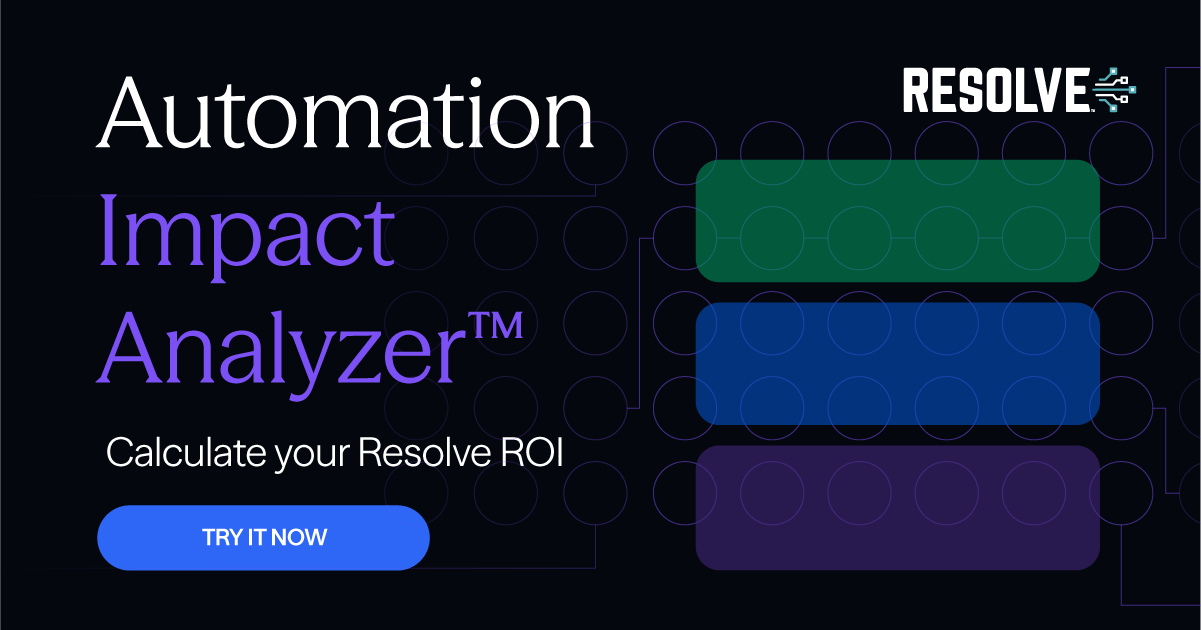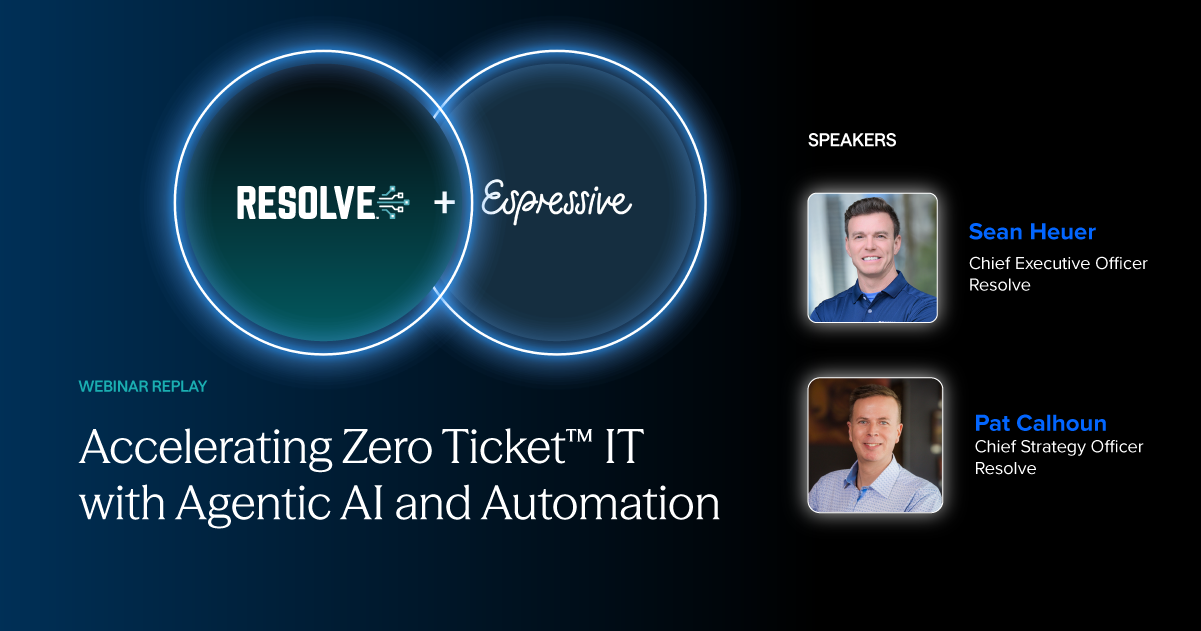
When Automation Finally Flows: Eliminating the Layers Between AI and IT
Subscribe to receive the latest content and invites to your inbox.
Enterprises like yours have sunk considerable time and money into trying to stitch together automation.
This pattern is always the same: someone buys a variety of IT tools, and a small team of specialists spends months wiring them together. One tool tries to understand human language while another launches a workflow. Between them sits a tangle of mappings, connectors, triggers, and “custom glue” that only one engineer understands.
That’s not automation, though. That’s actually integration.
Too Many Layers, Too Much Friction
We’ve built entire ecosystems of middleware just to make systems talk to each other. iPaaS platforms like Workato, Boomi, or MuleSoft connect APIs well, but the issue here is that they were never designed to understand people.
So, you end up with an architectural relay race:
- A chatbot interprets what someone meant to say.
- That intent passes through an automation layer.
- The workflow runs somewhere else.
- The result travels back through every layer to reach the user.
Every hop adds friction. Every hop also adds latency. Every hop ends up adding something else to maintain.
And it all works... until it doesn’t. A connector breaks. A schema changes. Someone renames a field without realizing it. Suddenly, the elegant chain of automation becomes a debugging quagmire that no one remembers the path out of.
That’s been the hidden tax of “integrated automation” for years. Not the building, mind you, but the keeping it working.
READ MORE: Automation Mistakes: The Anti-Patterns Holding IT Back
The Breakthrough is When Conversation and Automation Live Together
Now, imagine for a moment that the connective tissue is gone. The conversational agent and the automation engine aren’t separate; they’re part of the same system. But that layer connecting the two is absolutely crucial. That’s what we’ve built at Resolve. With RITA, our deflection agent, our builder agent Jarvis, and the Resolve Actions platform, there’s no more middleman between language and execution. The bot you design can trigger, run, and complete automations instantly... because they live natively inside the exact same platform!
This experience, which is a key component of what we call Zero Ticket™ IT feels completely different:
- You describe what you want the agent to do.
- The agent builds both conversation and automation logic.
- You test, see it work, and publish all in a matter of minutes.
No API keys, custom connectors, or agonizingly waiting on a dev cycle.
Why This Matters
This is the first time you can build end-to-end automation at the speed of conversation. You’re no longer teaching two systems to talk to each other; you’re teaching one system to act.
The implications are big:
- Subject matter experts can build their own agents.
- IT no longer becomes the bottleneck for every new use case.
- Automation finally scales because it’s simple enough to live everywhere!
READ MORE: How the Right Enterprise Process Automation Software Empowers Zero Ticket™ at Scale
From Science Projects to Systems That Run Themselves
We’ve all been chasing autonomous IT for years, but most of the work has gone into the plumbing. Every team builds its own connectors and custom intents.
That’s why the vision of agentic AI always felt one step out of reach. It wasn’t the intelligence that was missing; it was the integration.
When the builder, the agent, and the actions live together, something shifts. You stop prototyping and start automating for real. Bots stop being experiments and become part of the enterprise fabric.
And that’s when automation finally just works.
Discover how Resolve is bringing agentic automation to life with RITA and the Resolve Actions platform.






